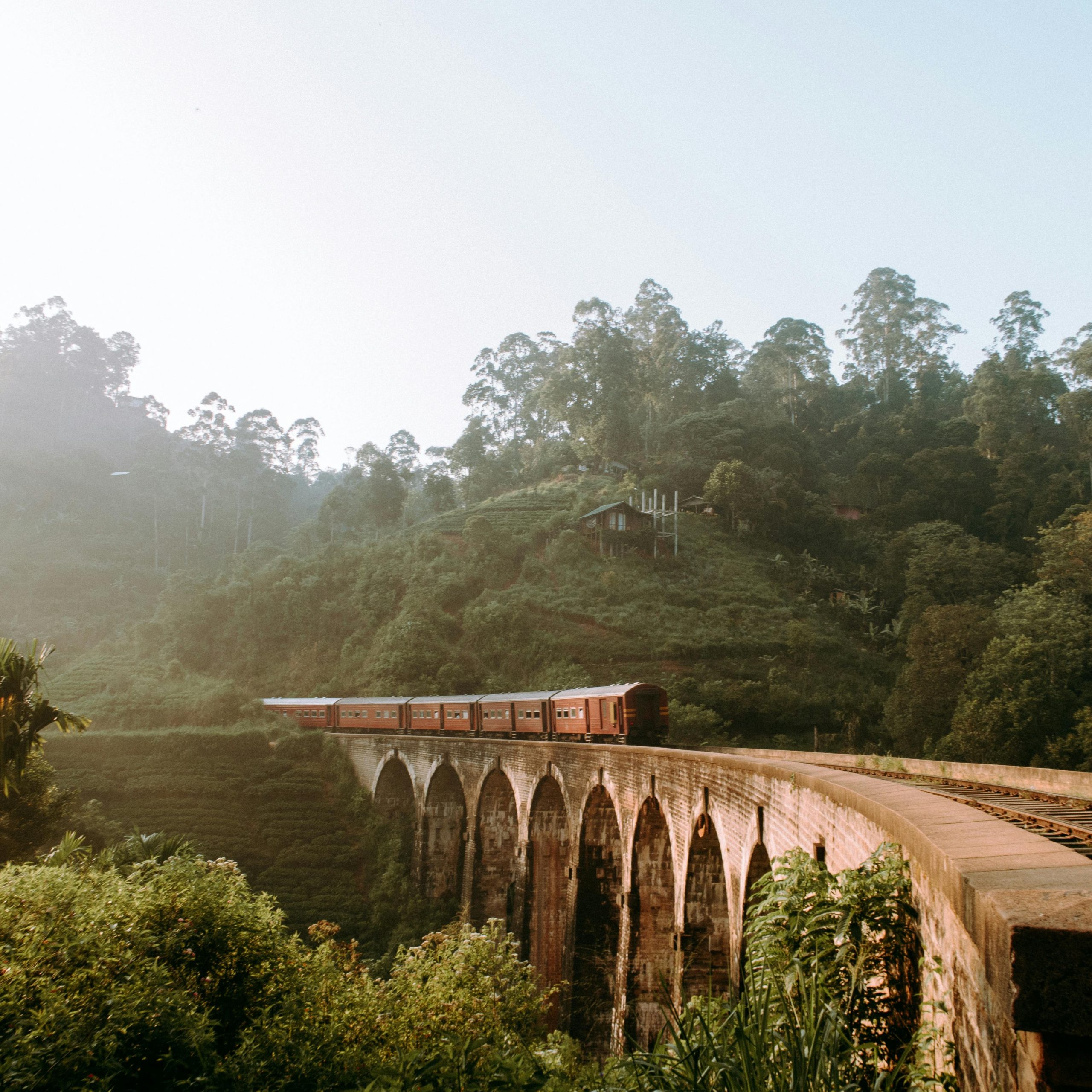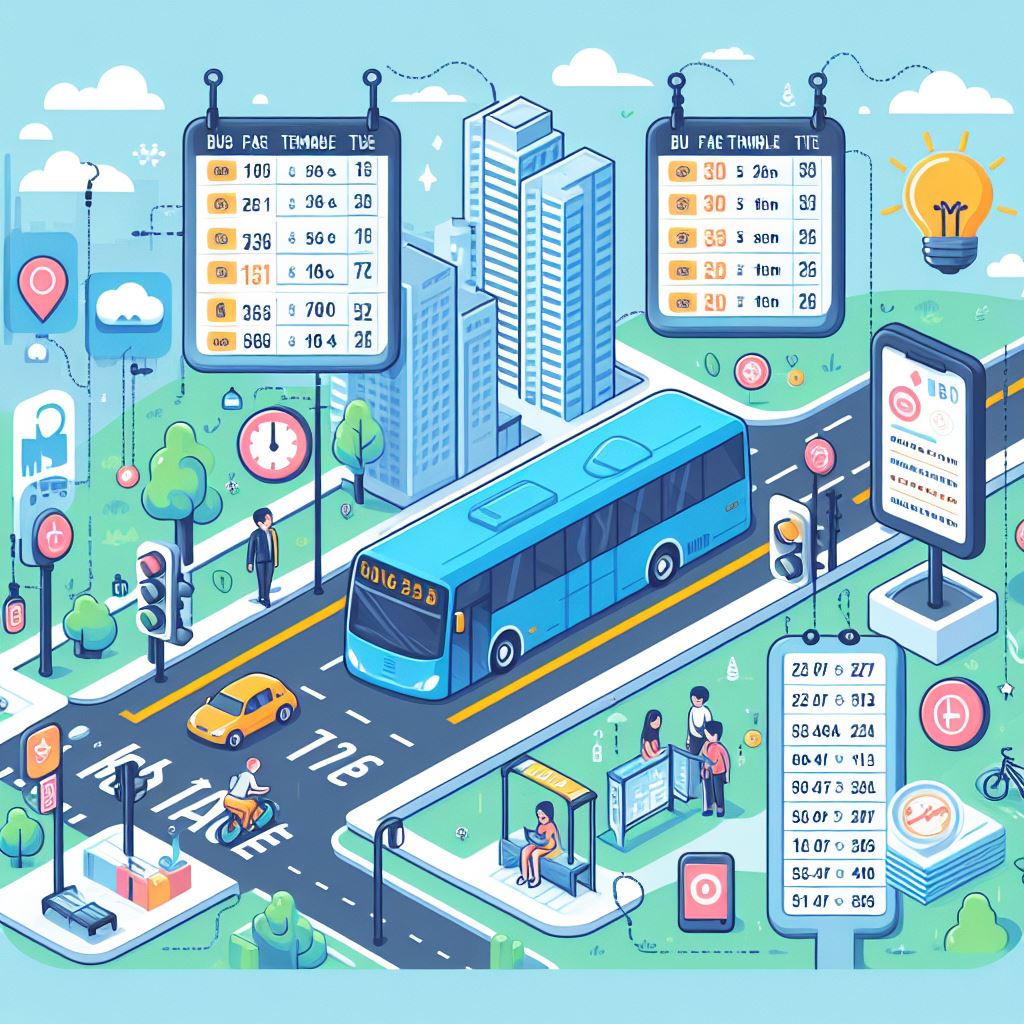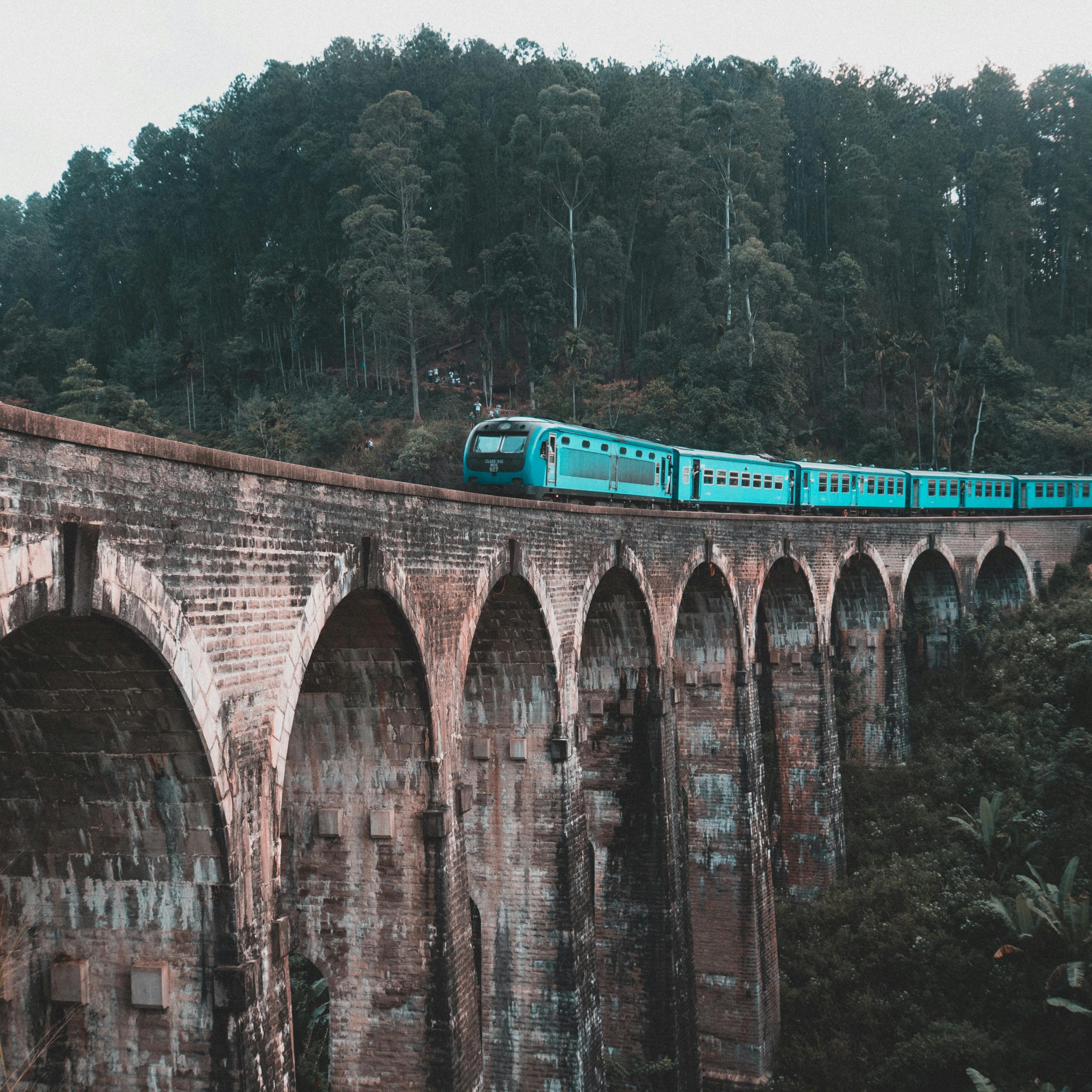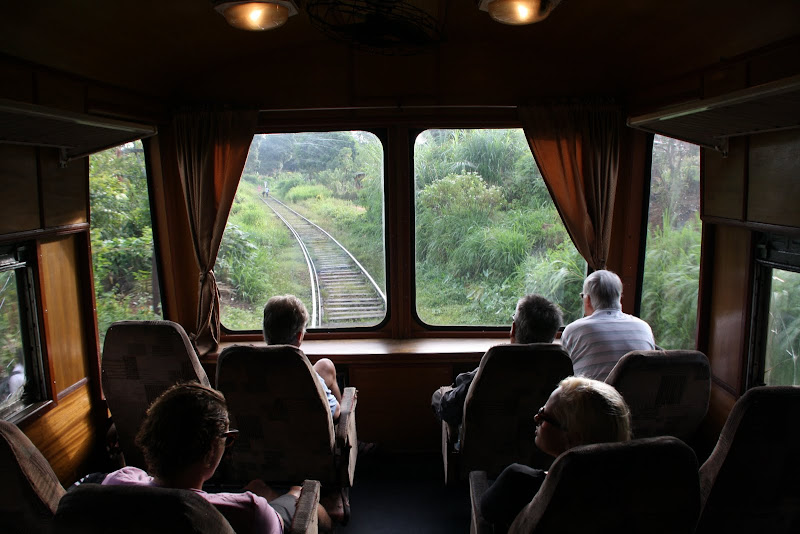
Sri Lankan Transport Options for Foreigners : Learn how to navigate the island’s extensive road, rail, and aviation network efficiently.
Sri Lanka boasts an extensive road, rail, and aviation transportation network. Within the island, there are both private and public transportation options available.
Navigating Sri Lanka is a story best told in two parts. The building of the island’s ever-expanding expressway network has significantly accelerated access to various areas of the country and provided Sri Lanka with its largest infrastructure boost since colonial times. Major intercity expressways are now comfortable and quick thanks to recent railway upgrades. But even outside of the main train lines and expressways, getting across much of the island can still be an incredibly tedious affair.
The most common (and frequently fastest) form of transportation, buses travel to even the most isolated areas of the island. Trains are a more leisurely mode of transportation that will eventually take you to various locations around the nation. Hiring a car and driver can prove to be a very practical and reasonably priced method to visit the island in relative comfort if you don’t want to deal with the whims of public transit. If you’re truly pressed for time, Cinnamon Air and Helitours’ internal flights provide quick connections between Colombo and other areas of the island.
The diversity of Sri Lanka’s terrain is astounding. Hilly tea country lies at its core, while spectacular coasts encircle the area, offering safari adventures. Due to its great adaptability, there are numerous ways to get around. Determining the “best” way to travel throughout Sri Lanka is practically impossible. Instead, it relies on your current situation, your goals, and your interests. Due to the scarcity of domestic aircraft choices, the primary modes of transportation that remain viable are trains, buses, tuk-tuks, and private vehicles. We explain all you should know about each.
By bus

In Sri Lanka, buses are the primary form of transportation. Every few seconds, buses scream along the island’s main thoroughfares, and even the smallest settlement is served by rather frequent connections. The good news is that. The bad news is that, due to some drivers’ reckless driving, bus travel in Sri Lanka is virtually always uncomfortable and nerve-wracking. An average bus ride in Sri Lanka is a stop-start experience, with moments of creeping slowness interspersed with stomach-tightening bursts of speed. Every panel on the long-suffering bus rattles as it turns another bend, and all of this is set to the sound of loud Sinhala pop music, parping horns, and the horrible sounds of mechanical protest. Everyone in their chairs lurches forward as the predictable pounding of the brakes ensues. And it’s a lot worse if you don’t have a seat. If you do, you will likely find yourself acting as an armrest on the spur of the moment for one of the innumerable unfortunates crammed into the aisle.
There are numerous types of buses. The main contrast is between private services and buses operated by the government, or the Sri Lanka Transport Board (SLTB).
SLTB

Private

Nearly all SLTB buses are rickety, outdated TATA cars that are typically painted red. These are frequently the oldest and slowest cars on the road, but they can be marginally more comfortable than private buses because the driver won’t feel pressured to drive aggressively to reach the next stop before other cars, nor will the conductor feel the same need to cram in as many passengers as possible
There are various types of private buses. Private buses are the same as SLTB buses in that they are big, arthritic, old rust buckets that stop everywhere. The only distinction is that private buses are typically painted white and adorned with stickers belonging to the company that operates them. Large buses dubbed “semi-express,” “express,” or “inter-city” by certain commercial operators run somewhat quicker services and, theoretically, make fewer stops along the way. The fastest kind of transportation is provided by private minibusses, which are at the top of the scale and are sometimes referred to as “express” or “luxury” services (though this term should be taken with a grain of salt). Though the narrow seats and limited luggage room (your bags will often end up on your lap or between your legs) can make them more unpleasant than SLTB services, especially if you’re tall, these are smaller vehicles with air conditioning and tinted, curtained windows. (If the car isn’t full, you might try paying for an additional seat to store your bags on; the conductor might even insist you do this.)Theoretically, express minibuses only stop in designated areas at large bus terminals along the way; but, in actual operation, the conductor or driver decides where, when, and how many people to fit inside.
Fares, timetables, and stops

Bus prices are incredibly cheap for both SLTB and private carriers. Remember that, depending on where you get off, you could have to pay the full fare for the whole bus journey on the latter. When you board, inform the driver or conductor if you wish to disembark before the trip is over.
Fixed timetables apply to services on longer and/or less frequently serviced routes. Services usually depart as soon as the vehicle is full-on shorter or very well-traveled routes. Longer-distance routes typically see a higher morning departure rate, which decreases in the afternoon. Except for the Colombo-Jaffna routes, seat reservations are hardly common.
One more issue with Sri Lankan buses is that it can be challenging to locate the necessary service. Although it’s helpful to know the Sinhala characters you’re looking for, the majority of buses display their destination in both Sinhala and English. Every bus station has one or more information booths staffed by people who can provide you with directions and the most recent schedule information, even though these locations are frequently unmarked. Seeking assistance from your driver to find the correct bus is a smart idea if you’re arriving at a larger terminal by tuk-tuk.
Generally speaking, express services only stop at bus terminals or other approved locations. Other services typically pull over wherever a passenger needs to be picked up; all you have to do is stand by the side of the road and hold out your arm. The last risk when boarding a bus that you’ve flagged down by the side of the road is getting on. Often, drivers slow down just enough to let you board rather than coming to a complete stop. When the bus arrives, stay alert, especially if you’re carrying a lot of stuff, and be ready to move quickly to avoid missing it and leaving again without you.
By train

Travelling around Sri Lanka by rail is no longer done at snail’s speed because of significant upgrades made to the country’s train network over the past ten years. The train network was first established by the British during the nineteenth century. It’s gone from being a beautifully old but mostly useless remnant of a bygone era to a pleasant and, on certain routes, pleasantly speedy mode of transportation. Long-closed Jaffna and Mannar lines have been restored, and the entire system has been brought into the twenty-first century with island-wide track upgrades and the addition of new, stylish AC carriages on intercity lines. Trains on the stunning hill-country route move at an agonisingly slow pace, and many of the historic colonial carriages with colours reminiscent of rust are still in service.
Timings and timetables

On some routes, there are significant differences in the timing of travel between express services, which stop very little, normal intercity services, which stop more frequently, and slow services, such as night mail trains, which stop at almost every station along the way.
The most recent train schedules are available at slr.malindaprasad.com and railway.gov.lk. For more in-depth coverage of the most recent advancements in Sri Lankan trains, visit the fantastic seat61.com.
The train network

The network is divided into three main lines: the coastline, which begins in Puttalam in the north and travels south along the west coast via Negombo, Colombo, Kalutara, Bentota, Beruwala, Aluthgama, Ambalangoda, Hikkaduwa, and Galle to Weligama and Matara (there is currently a largely completed extension as far as Kataragama). Colombo to Kandy, then Hatton (for Adam’s Peak), Nanu Oya (for Nuwara Eliya), Haputale, Bandarawela, Ella, and Badulla make up the hill country line. The northern line begins in Colombo, travelss via Kurunegala, Anuradhapura, and Vavuniya, and ends at Jaffna. Off this line, three further branches go to Polonnaruwa and Batticaloa, Trincomalee, Madhu Road, Mannar, and Talaimannar.
Different classes of train travel

There are three classes on trains. The majority of services only offer carriages in the second and third classes. There isn’t much of a difference between the two: on certain trains, seats in both second and third classes can be reserved, and second-class seats have a little bit more padding and fans in the carriages. The main advantage of making a reservation in advance is that standing is not permitted in reserved carriages, which helps to keep them from becoming crowded. The primary benefit of second-class in unreserved carriages is that, despite its minor price increase, it is typically less crowded.
First class has a variety of seating options that are limited to certain trains and must always be reserved in advance. On interstate trains, as well as on hill-country and northern lines, you can find first-class sitting in air-conditioned carriages (albeit you are essentially cut off from the outside world and cannot open the windows). First class also contains (very grotty) sleeping berths on overnight services, and the observation car on hill-country trains.
Due to the small size of the island, there aren’t many overnight trains. These consist of regular seats, second-and third-class “sleeperettes,” which are essentially just reclining seats, and first-class sleeping berths.
Observation cars and tourist carriages

A unique carriage known as the “observation car” is sometimes included in intercity services along the hilly route that connects Colombo with Kandy and Badulla. It is typically located at the rear of the train and features enormous panoramic windows that provide a 360-degree view in addition to very worn armchair-style chairs. Reservations are required for all seats, which fill up rapidly, particularly for the well-liked Colombo to Kandy route. Right now, a one-way ticket from Colombo to Kandy costs Rs. 800.
Along with operating special tourist carriages, Rajadhani Express is connected to several major express trains in the hill country and along the south coast. The carriages are cozy, although their views are restricted and their windows are small.
Fares and booking

The fares remain incredibly low, even with the latest price rises. For example, a round-trip ticket in third class from Colombo to Jaffna costs approximately Rs. 325, whereas a first-class seat on the same route costs approximately Rs. 1100.
All three classes of seats on trains can now be reserved in advance. Major stations allow in-person reservations up to thirty days before departure. If you have a Mobitel or Etisalat account, you can also make reservations over the phone. Although there isn’t an online booking option provided by Sri Lankan Railways, there are several independent operators who do.
The bad news is that reserved seating on many services tends to sell out as soon as it goes on sale, with even lower classes perhaps being fully booked. This is especially true of first class, when available. So, using an internet tool to make reservations more than a month in advance is worthwhile. Almost every train has some second- and third-class unreserved coaches, which is excellent news (kind of). There is no cap on the number of tickets that may be purchased for them, and they are only available for purchase occasionally, not even an hour beforehand. This implies that receiving a ticket is a given. When a train is said to have “sold out,” it simply implies that every seat that was reserved has been taken. It also implies, naturally, that carriages can occasionally become jam-packed.
By air

Domestic aviation services are a memorable experience in and of themselves, offering a speedy substitute for lengthy road or rail trips. They also usually offer breathtaking aerial views of the island. Cinnamon Air is the primary operator, with regularly scheduled flights to and from Water’s Edge, on the southern tip of Colombo, Katunayake International Airport, Koggala, Dickwella, Weerawila (near Tissamaharama), Kandy, Castlereagh (near Adam’s Peak), Sigiriya, Batticaloa, and Trincomalee. The flights are quite scenic, but the fares aren’t very inexpensive. Additionally, a lot of routes involve landing or taking off from the water, which adds even more excitement.
By rickshaw / Tuktuk

One of the most recognisable images in Sri Lanka is the rows of motorised rickshaws that travel the streets of every town, city, and village. Tuk Tuks, also known as three-wheelers, trishaws, or, in a more upbeat sense, “taxis,” are the standard mode of transportation for short distances in Sri Lanka, mostly between towns. However, they can also be helpful for excursions and, in an emergency, long-distance travel if you get lost or don’t want to wait for a bus. The cars are primarily Bajaj rickshaws manufactured in India, and the drivers frequently adorn them with bright stickers, figurines, plastic flowers, and other fanciful or talismanic objects.
In Sri Lanka, it’s impossible to go far on foot without running into someone who owns one of these cars asking for business. If you do require a ride, rickshaws are very practical and can even be entertaining—in a little unsettling way—because they manoeuvre through traffic at frequently unexpectedly fast speeds. Furthermore, you always have the upper hand in haggling because there are so many drivers in the area. If you can’t agree on a fair fee, there will always be someone else eager to grab your business.
Sri Lankan rickshaws are unmetered, except in Colombo; you can haggle with the driver to get the fare you want. Never leave without first settling on the fare. Although a small percentage of tuk-tuk drivers in Sri Lanka are outright thieves who will take you for whatever they can get, the majority of them are generally trustworthy, and you may be offered a fair fee without even having to haggle. It’s frequently challenging to determine your exact position, given the vastly different levels of probity you’ll come across. Metered taxis in Colombo presently charge between Rs. 40 and Rs. 50 per kilometre as a basic rate. This is a good general guideline, but unless you have strong negotiating skills, you’ll certainly end up paying more, particularly in large towns and popular tourist destinations. Remember that the rate per kilometre should decrease with the length of the trip. Furthermore, you usually have the upper hand in haggling because there are so many rickshaws in tourist areas; if you can’t agree on a fair fare, there will always be another driver eager to take your business.
Finally, beware of rickshaw drivers who pretend they have no change. This can even happen when you try to pay for a ride with a hundred rupee note; the driver may be telling the truth when they say they only have ten or twenty rupees in change, thinking you’ll accept a few rupees less. Before you go, make sure the driver has changed if you don’t. You may be sure that your driver will go through the trouble of retrieving change for you if you are upfront about the situation, rather than running the danger of losing your fare.
By car

Three things are necessary for driving throughout the island, according to Sri Lankans: “good horn, good brakes, and good luck.” While most roads in Sri Lanka are in good condition, driving can be difficult in many areas due to the numerous risks they present, such as chaotic cyclists, insane bus drivers, suicidal dogs, and throngs of pedestrians. Additionally, Sri Lankan drivers adhere to a very peculiar set of road rules.
You will need to bring an international driver’s license if you plan to drive yourself. To drive in Sri Lanka, you’ll also need an additional permit, which you may obtain in Colombo from the Automobile Association of Ceylon (office hours: 8 a.m. to 4 p.m., Monday through Friday). The validity of permits is up to a year, and they are issued immediately.
It’s also a good idea to arm oneself with a reliable map or atlas, like Arjuna’s Road Atlas, or a comparable device, such as a tablet or smartphone. When it comes to traffic laws, keep in mind that in Sri Lanka, the driver of a larger vehicle—a bus, for example—will typically expect you to move out of the way if they are moving more quickly than you. Furthermore, a lot of vehicles pass too closely on blind curves and in other hazardous areas. You should be prepared to deal with fast-moving cars that are using the incorrect side of the road rather frequently.
Since taking public transportation might be difficult, many tourists choose to hire a car and driver in Sri Lanka, which allows them to go wherever they want with complete freedom and at a cost that may surprise them. Some drivers are just there to bring you from point A to point B; others are skilled “chauffeur-guides,” with government training and a tourist board license, who can also act as guides at all the major tourist attractions and answer any questions you may have about the nation.
The primary issue with drivers is that a large number of them are employed on commission, which they collect from a variety of establishments such as restaurants, shops, jewelers, and spice gardens, among others, albeit not all hotels. This means that your preferences for where to stay and what to do may not always align with those of your driver. Some drivers, for example, will always want to go where they can get the best kickbacks, even if it means that you’ll pay more than you should because the hoteliers, restaurateurs, or shopkeepers have to recover the commission they’re paying the driver. Choose a different driver if you discover that you are spending more time worrying about your driver than enjoying your vacation; there are many good drivers out there.
It pays to use a recognized business (like DSL Tours or Sri Lanka Driver Tours) that only hires chauffeur-guides who have been accredited by the Sri Lanka Tourist Board if you want to ensure that you have a good driver. Make sure your driver can communicate in at least some English, and make sure you make it clear where you want to go and where you don’t. To the extent of dining with them and their insistence on serving as tour guides and interpreters, some drivers push their good nature on their customers. If this is what you want, then great; if not, don’t be scared to express your expectation of privacy while you’re not in the car.
Prices

A luxurious air-conditioned car will cost more than a non-air-conditioned minivan; prices are more influenced by quality than by the size of the vehicle. The smallest automobiles have rates starting at about $40 per day, which also include living expenses and driver’s fees. The majority of upscale hotels accommodate drivers with meals and lodging at no additional cost or for a small fee. You will be responsible for paying for your driver’s room and meals if you are lodging in an inexpensive or mid-range hotel. As always, it’s best to try and work out a daily allocation for this before you go on your trip to save confusion and disputes afterward. A $5–10 daily gratuity is likely expected from your driver, depending on their level of training.
Additionally, petrol is likely to be an expense for you, as it is currently quite costly in Sri Lanka and might greatly increase the final cost. Furthermore, some providers only provide a meagre 100 km of free mileage per day, which is insufficient for the island’s winding roads, so you might also need to pay for some extra miles. As an alternative, you could always just rent cars for the day and travel to the island. Although the actual cost of hiring a car might be a little more, you won’t have to pay for your driver’s housing or meals.
Motorways

With the completion of the nation’s first proper motorway, the E01 Southern Expressway, which runs from Colombo to Galle (and was later extended from Matara to Hambantota in 2014), Sri Lanka’s nineteenth-century highway infrastructure finally received a much-needed upgrade in late 2011. The second freeway in the nation, the E03 Colombo–Katunayake Expressway, connected the international airport and the capital city in 2013. In 2014, a third expressway was constructed, the E02 Outer Circular Expressway, which links directly to the E01 but not the E03. It functions as a Colombo ring road and is currently undergoing extension.
In addition to the E06 Ruwanpura Expressway, which will connect Colombo to Ratnapura and Pelmadulla, the E04 Central Expressway, which will connect Colombo to Kandy, is scheduled to open in 2020.
When completed, the 350-kilometre network will change how people get around various areas of the island. The entire southwest and south coast are now more accessible than ever thanks to the Southern Expressway, which has already cut the arduous three-hour trek from Colombo to Galle into a delightful hour’s drive. In a similar vein, the Central Expressway to Kandy is anticipated to considerably shorten subsequent travel times to other locations in the hill region and lower existing travel times by almost two-thirds.




Comment (0)